Bells
There are
many types of bells of different sizes, shapes and sound qualities. It is good
to be selective and offer sounds that reflect the 'moment' you are trying to
capture within the theme of the workshop. Some bells create sustained ambient
sounds, e.g. Temple bells, others shiver and shake and can be used to enhance
rhythm and dance, others are tuned.


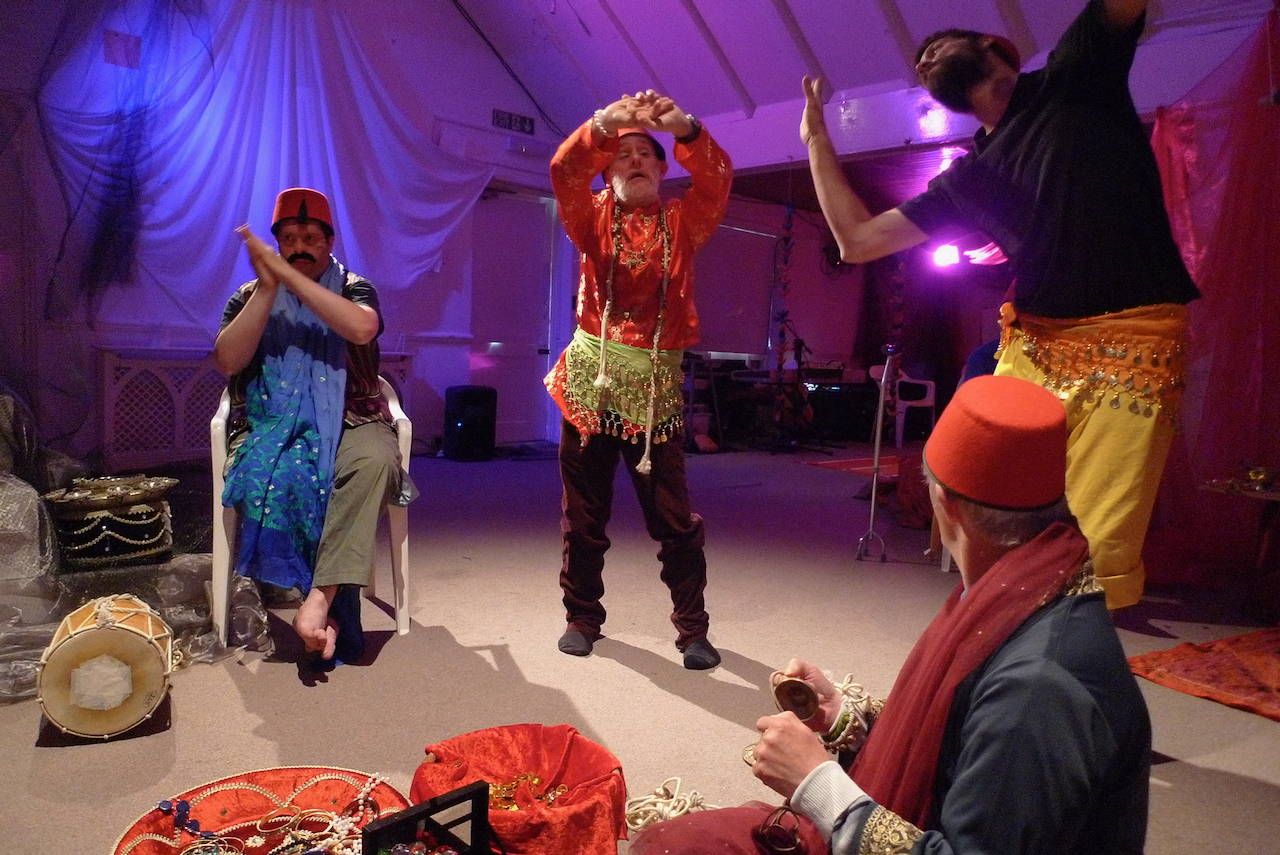

Sleigh bells -
these can be shaken rhythmically (as in Morris dancing) to enhance the music,
or like a prolonged 'shiver' to create atmosphere. They come in different
useful forms:
light hand-held models with wood or leather grips, sleigh bell trees, which can be quite heavy but make a good sound, wrist and ankle bracelets for those who find it hard to hold objects, attached to lengths of rope that can be draped over or tied onto
wheelchairs, twirled in the air or
snaked across the floor. They can also be played by two participants
holding the ends.
Sleigh bells
can also be bought individually, so are great for accessorising props (such as
broomhandles) and puppets, or for sewing onto costumes to add sounds.

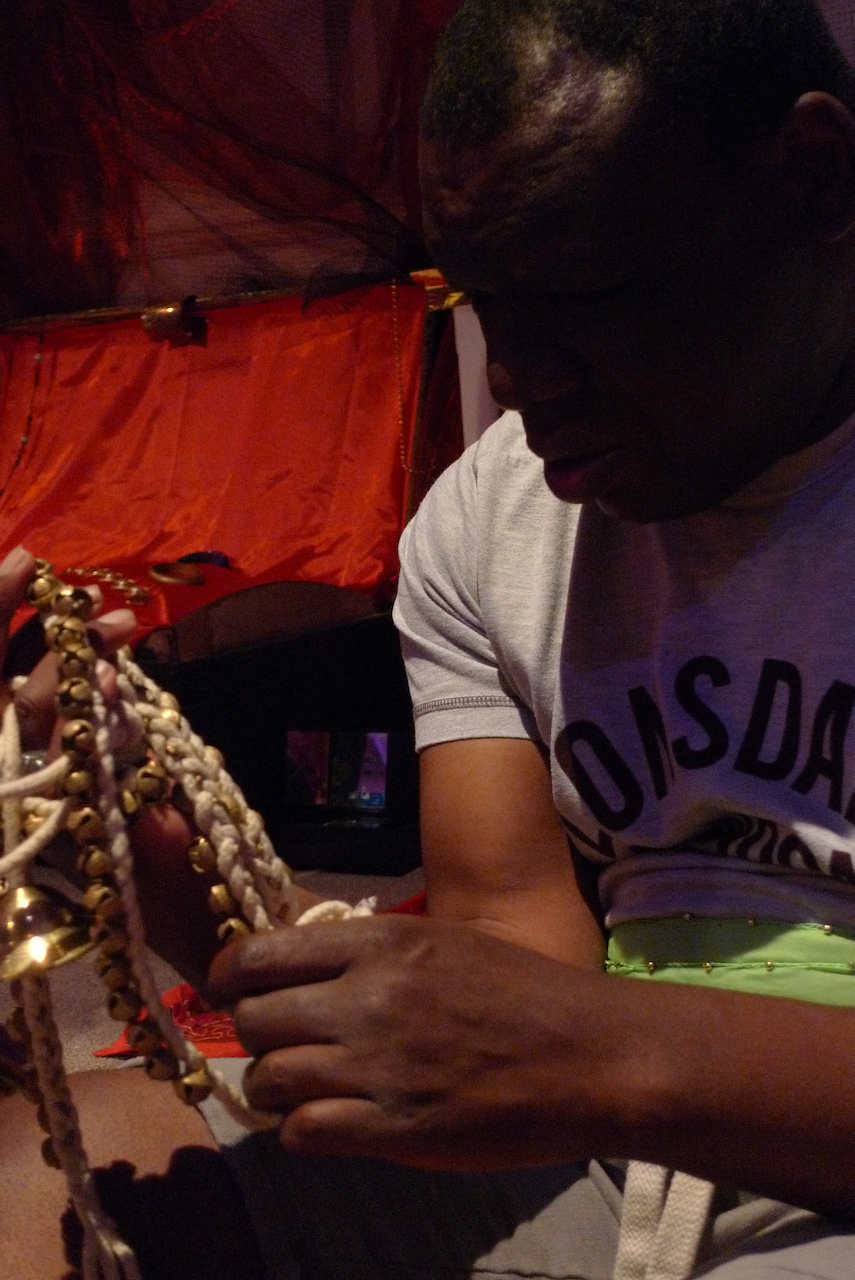


Temple bells
- sometimes called cymbal bells, these consist of two brass discs,
usually attached to lengths of leather thong or cord. Often highly ornate, they
give an ambient sound when they strike each other, as the note produced
sustains over many seconds. The two bells are often tuned slightly differently,
so you can also hear a slight beat as the note decays. When several are played
together, they form a serene and magical soundscape, particularly supportive of
ritualistic activities. They also come in a finger bell form, but these are
quite difficult to manipulate.
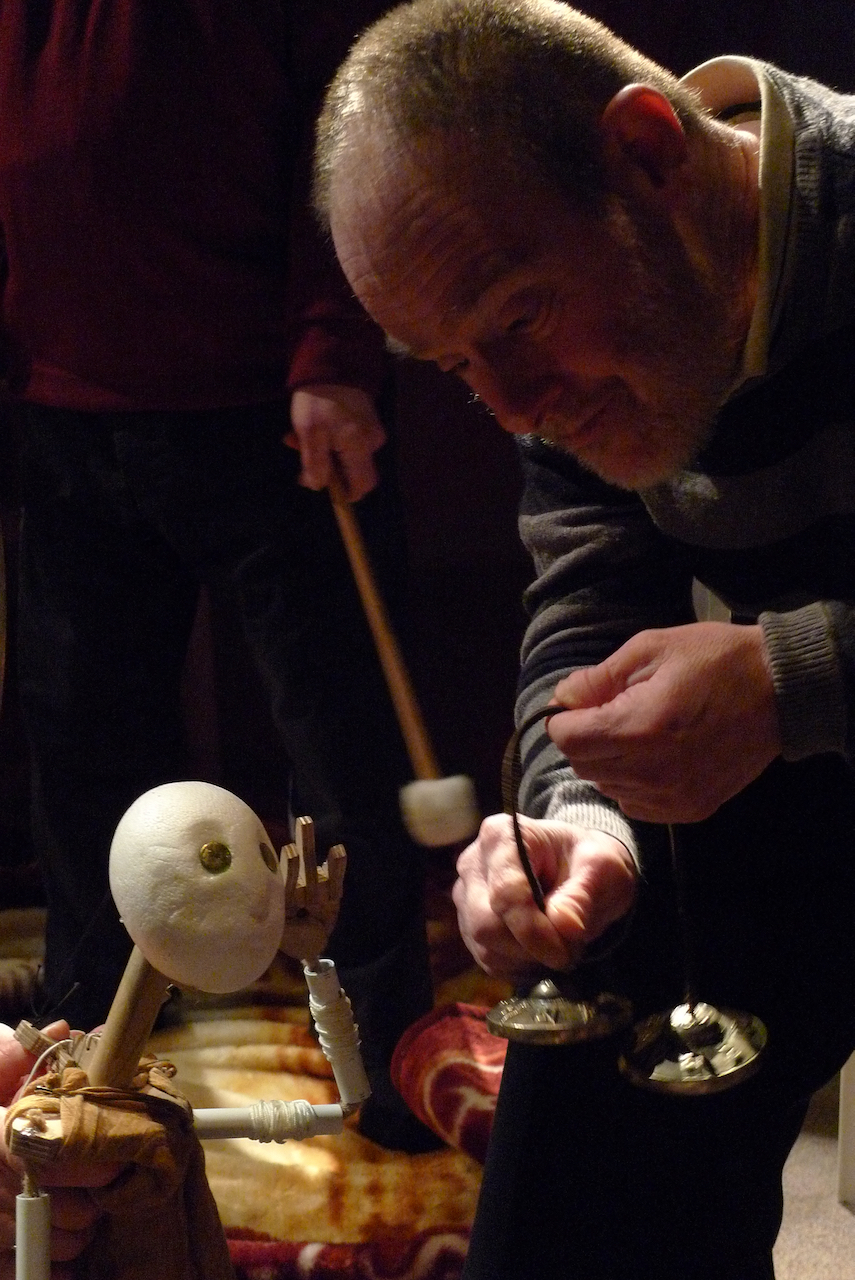
Handbells - a
set of tuned handbells (usually set in C major), when played gently in turn, or
in pairs, or in repeated patterns, sound amazing. They are also good for
encouraging turn-taking and listening skills and can link to and reinforce
certain themes, such as colours, rainbows, going up/down.

Small Indian bells - also tuned, these can be played individually, giving light
individual notes which can be worked together to create musical pieces. These
and cowbells also come on strings, incorporating a variety of sizes and sounds,
for a more dynamic effect.
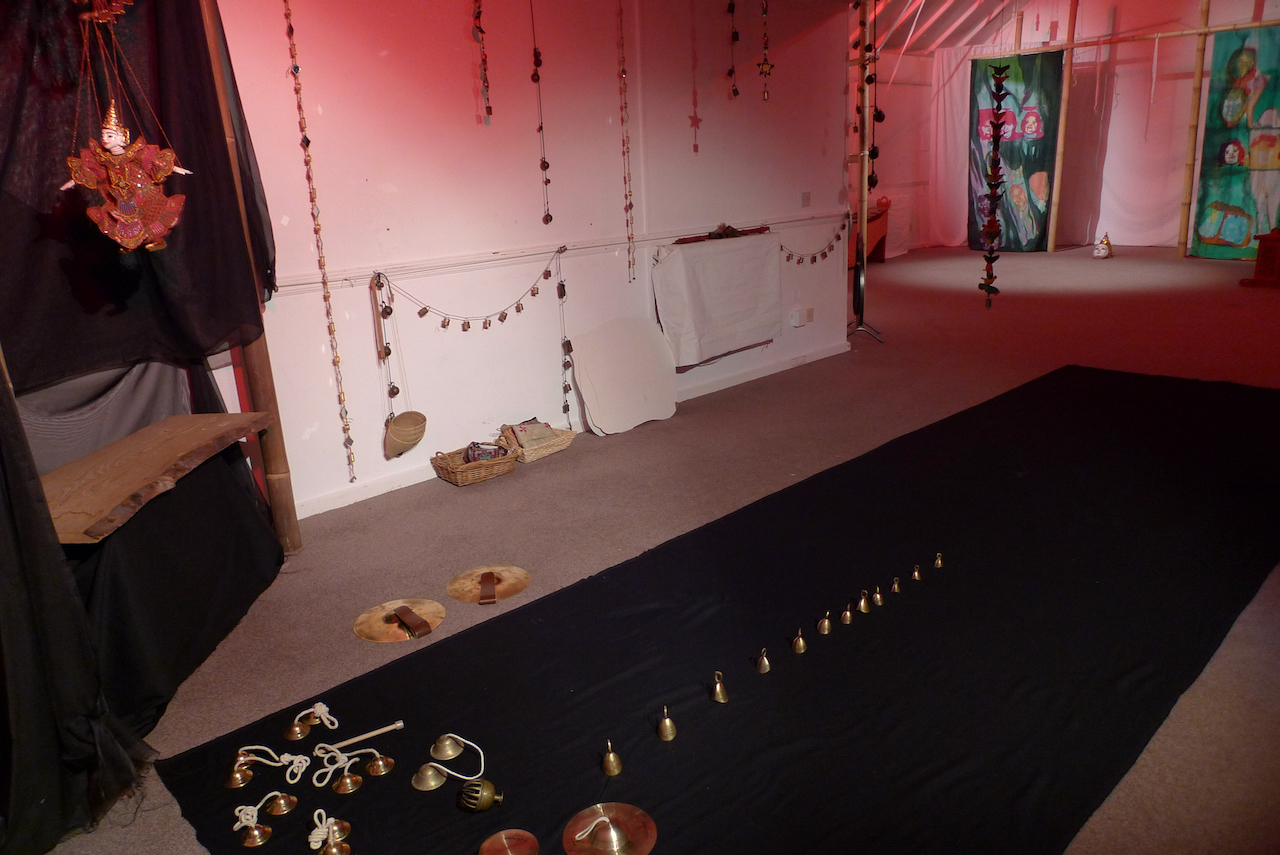

Agogo bells -
these are held horizontally and played with a beater, which may be easier for
some participants. They can be very loud, but are useful for sustaining rhythm,
with their two-tone sound being easy to pick out in a percussive sound world.
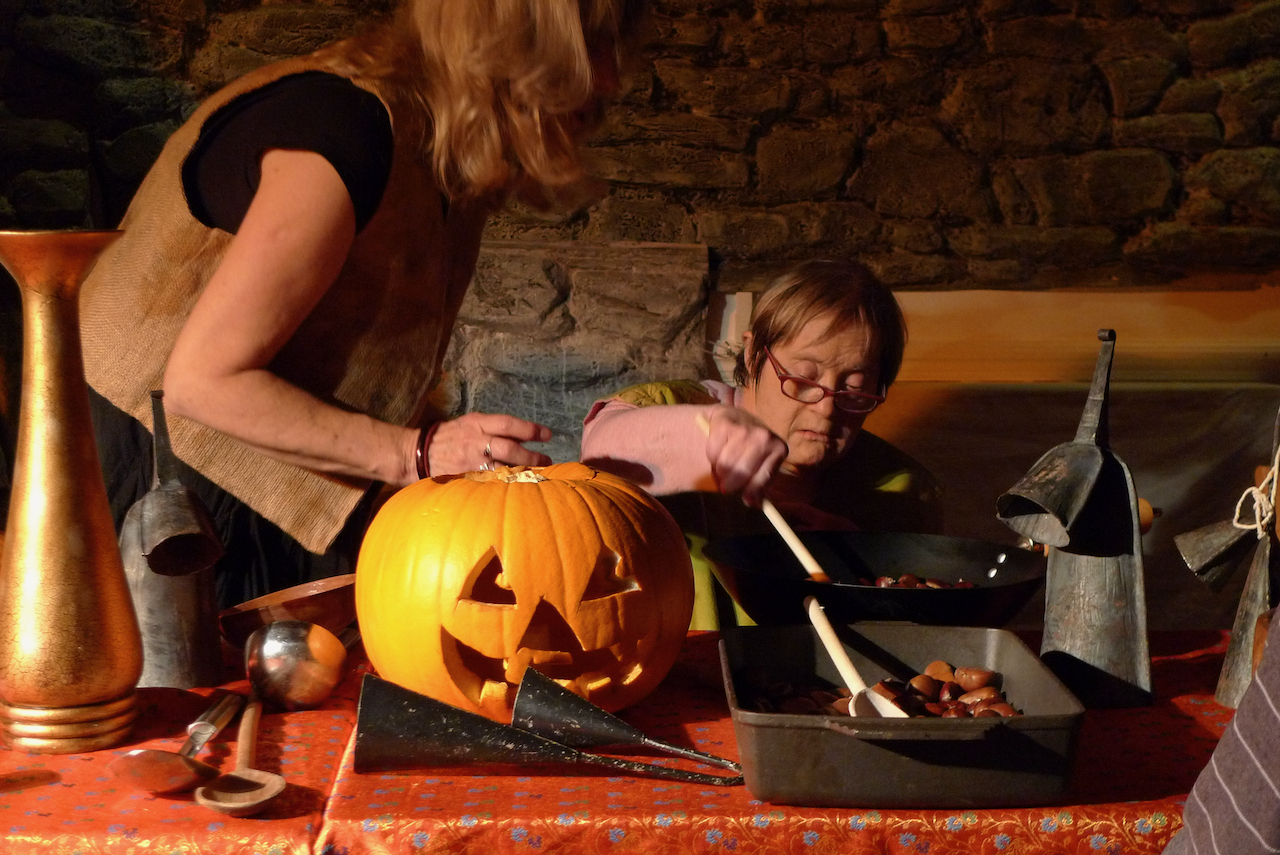
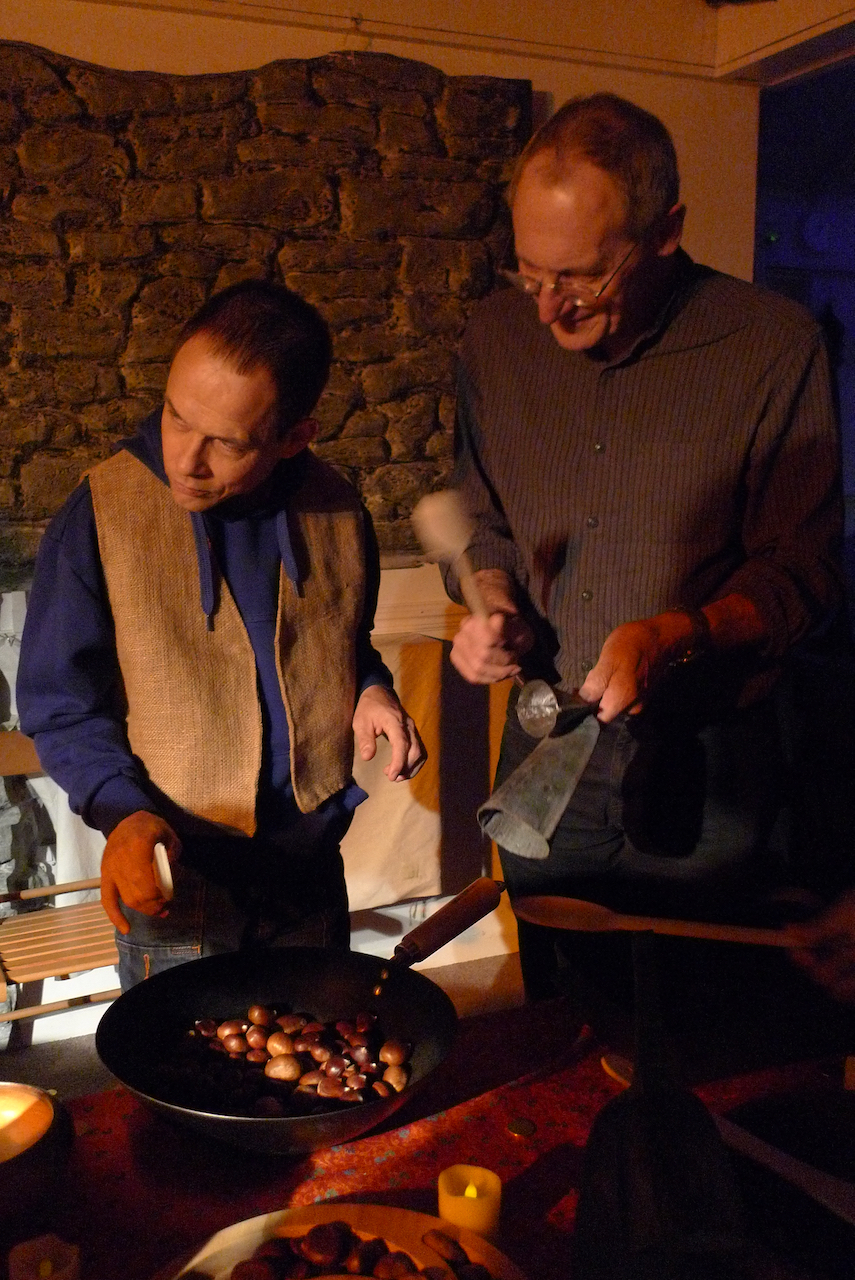
Altar bell -
generally used to assist meditation, this is played by running a wooden beater
around the rim of the bell, creating a resonating note that lingers on and on
like a singing bowl. When hit with a beater it can also sound like a ship's
bell.

Bell trees - for
some participants bell trees and garden chimes may be easier to play and access
than other forms of bell, as they can be placed on trays and are upright so can
be played at different angles.
Bell ring - a hollow
brass finger ring full of little metal balls which make the whole ring act as a
kind of jingly bell. The ring produces a fine, resounding tone which can be
modified with the palm and the remaining fingers.